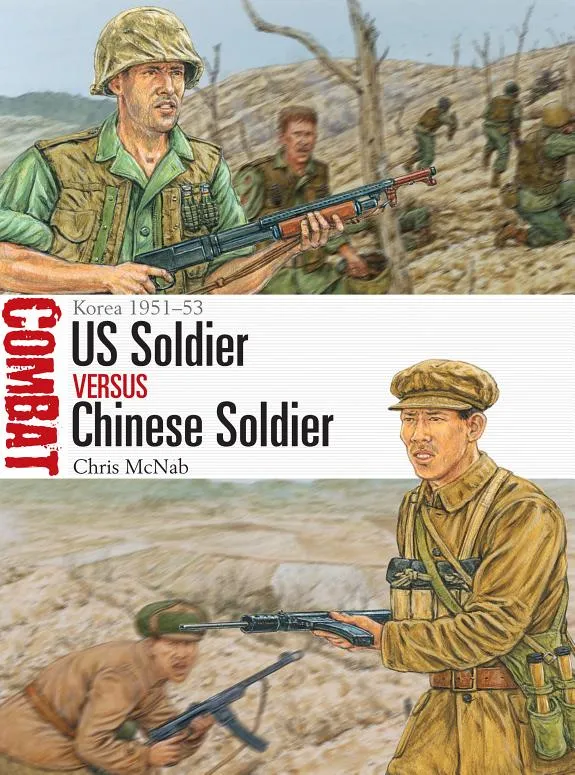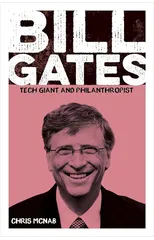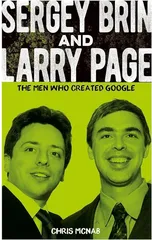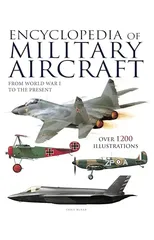US Soldier vs Chinese Soldier
Korea 1951–53
(Autor) Chris McNabThis absorbing study examines the US infantry against the Chinese Army in the unforgiving terrain of Korea during the first real clash of the Cold War. In 1945 Korea entered the post-war world already partitioned at the 38th Parallel, the north firmly within the Soviet zone of influence and the south an ally of the United States. In June 1950 the Soviet-equipped North Korean forces struck south. After a series of North Korean successes, a dramatic fightback spearheaded by US landings at Inchon pushed the invaders back across the 38th Parallel, the United Nations forces in hot pursuit. The North Koreans had retreated almost as far as the Yalu River when 300,000 Chinese flooded across the border, driving the UN forces all the way back to Seoul. Armed and equipped with much the same weaponry and doctrine that they had employed in the last years of World War II, US units in Korea would often find themselves outnumbered, fighting in extremely difficult terrain that precluded the widespread use of armor. Having been at war more or less continuously since 1937, the Chinese would prove to be a formidable foe. Buoyed by success in the recent Chinese Civil War, the Chinese contingent committed to Korea was composed of experienced and dedicated troops, and it would make its mark once more in Korea. Featuring specially commissioned artwork, this study assesses the US and Chinese forces that clashed at Chipyong-ni (February 13–15, 1951), Triangle Hill (October 14–November 25, 1952), and Pork Chop Hill (July 6–11, 1953), casting light on the origins, doctrine, combat effectiveness, and reputation of these two very different forces during the struggle for victory in Korea.
Chris McNab
Chris McNab is a British writer and historian known for his expertise in military history and weaponry. He has authored over 100 books on a wide range of topics, including the history of warfare, special forces, and military tactics. McNab's writing style is characterized by his thorough research, detailed analysis, and engaging storytelling.
One of his most notable works is "The Illustrated History of the Vietnam War," which provides a comprehensive overview of the conflict and its impact on the world. McNab's contributions to literature include shedding light on lesser-known aspects of military history and highlighting the experiences of soldiers on the frontlines.
McNab's impact on the literary genre of military history is significant, as he has brought attention to important events and individuals that have shaped the course of warfare. His ability to make complex historical topics accessible to a wide audience has earned him a reputation as a respected authority in the field of military history.







